“Destructive and Fertile Bronze” (Culture of the Bronze Age - 3)
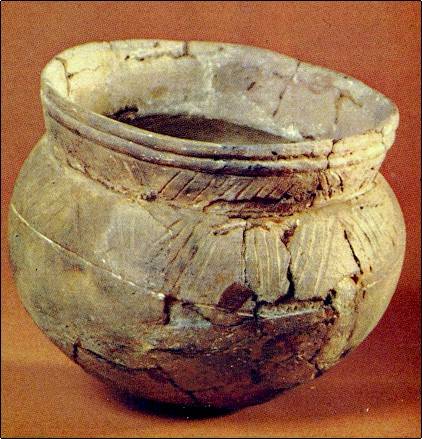
Ceramics Fatyanovo culture.
Fatyanovo culture representatives were engaged in breeding small and cattle, and also knew and agriculture. Fatyanovtsy knew how to polish and drill their stone battle axes. However, they also knew how to cast axes from bronze and cast them, using ancient Oriental samples as models.
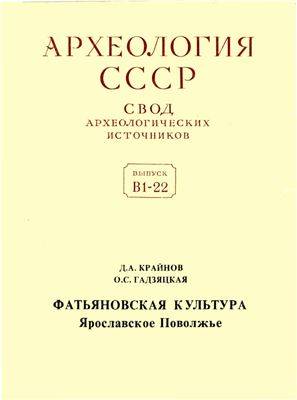
There are many interesting things about Fatyanovo culture.
Moreover, the Fatyanovo culture tribes were familiar with the products of the foundry workers of those tribes that lived to the west of their territory. Thus, in Mytishchi, in the Ivanovo region, in the same burial with the Fatyanovo-type dishes, archaeologists found a bronze bracelet, characteristic in its form for the Unetitsi culture, which was located in Central Europe.
Ceramic vessel. Tashkovskaya culture of the Lower Tobol region. Early Bronze Age.
At the end of II millennium BC. er the tribes living in the Volga regions continued the development of technologies for bronze casting. So, in the burial ground near the Seimas station, near the city of Gorky, remarkable samples of the foundry of that era were found. These were Celtic axes, spearheads that had spread to the Danube, Yenisei and Issyk-Kul, the original form of daggers and equally original combat knives. It can be assumed that the masters who did all this were familiar with the works of the foundry workers from the territory of present-day Hungary and up to the very remote China of the Shang-Yin era.
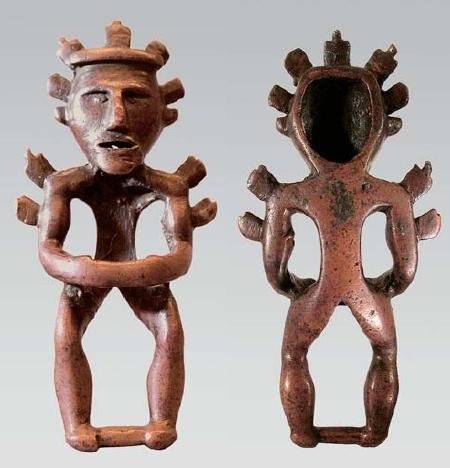
Seimino-Turbinsky copper idol. Early Bronze Age.
By the way, the territory of modern Hungary already in the early Bronze Age was distinguished by its achievements in the field of bronze casting. Obviously, there were connections with the Crete-Mycenaean culture, which in the middle of the second millennium contributed to the flourishing of the mastery of the production of bronze articles on lands along the middle Danube. Swords, battle axes, tools and decorations, distinguished by a thin engraved pattern, were cast. Obviously, they diverged very well (and widely!).
Agriculture also developed, both farming and cattle breeding. Excavations show that in the second half of the II millennium BC. e., there were settlements (the so-called terramara), from wooden huts, located on the pillars, standing on piles. Such settlements were found in the valleys of the Tisza River, as well as the Sava, Drava and Danube. In the swampy sediments in the valleys of the named rivers, where these terramaras were located, many different objects have survived to our time, allowing us to shed light on many aspects of the lives of those who lived in them. Archaeologists have found a lot of bronze sickles and here - casting molds for their casting. Well, horse horses only prove that here on the Danube, as well as in the Caucasus, horses have already begun to be used for riding. A significant number of imported items - amber from the Baltic states, beads and jewelry from the Eastern Mediterranean regions - speaks of the relatively lively exchange relations of the inhabitants of the Danube settlements for that period.
Reconstruction of houses of culture terramar.
In the valley of the river Po in the Late Bronze Age a similar culture arose. Moreover, an image of a plow was found on the rocks in the Italian Alps, and if so, this means that the ancient farmers who lived in Northern Italy and in the middle Danube, knew the plow and knew how to work the land with its help. It is believed that the Northern Italian and Danube tribes belonged to the same group of Indo-European population of Europe, called Illyrian. It occupied the whole territory between the valley of the Po river and the upper turning of the Danube, and also spread to the western lands of the Balkan Peninsula.
Products of the Early Bronze Age, 2800 - 2300 BC.
In central Europe in Silesia, Saxony and Thuringia, as well as in the Czech Republic and the lands of Lower Austria, and areas north of the Danube in the first half of the second millennium BC. er The tribes of the Unetitsky culture spread. They lived in villages of quadrangular houses that had walls in the style of wattle, but plastered with clay. The grain pits found in the settlements speak of the agriculture that is common among them. In the burials, remains of bones belonging to domestic animals are found, that is, it was customary to put pieces of meat into the grave along with the deceased — that is, they also developed cattle breeding. That is, from an economic point of view, the Unetitsi culture was a typical Central European culture of the Bronze Age. It is known and where they took raw materials for their bronze products. These are copper deposits in the Ore Mountains, the Sudetenland and the Western Beskids. It is interesting that among their products there were also such that allow to speak about the influence on them of the culture of the Eneolithic tribes who lived in the southern Russian steppes. And in pottery, the influence of the Crete-Mycenaean forms is clearly noticeable.
“Nebra's Heavenly Disk” is a disk of bronze in diameter 30, covered with a patina of aquamarine color, with gold inserts representing the Sun, Moon and 32 stars, including the Pleiades constellation. The find is truly unique. By indirect evidence, it is usually attributed to the Unetits culture of Central Europe (c. XVII century BC. E.)
Museum "Disc of Nebra".
"Swords of Nebra". Typical samples weapons Late Bronze Age.
Interestingly, the tribes of the Unetitsky culture gradually occupied all the new territories, however, it also changed. For example, for some reason, its representatives switched to incineration, and the remains of burnt corpses were placed in a clay vessel. At first they were placed in deep earthy graves and laid out around them circles of stones - the magical signs of the sun. But then, for some reason, the burial rite of the “Uniet people” changed, so that the new form of burial even got a special name - “fields of burial urns”. And so gradually in the second half of the II millennium before and. er a new culture was formed here, which was named Pudzhitskaya. Most researchers attribute it to the Proto-Slavonic, that is, they created its tribes, who already spoke the language to which the ancient languages of the Slavic branch of the Indo-European language family belonged.
The archaeological monuments of the Lusatian culture are found on a vast area from the Spree to the Danube, from the Slovak mountains to the Saale and the Vistula. In the north-western territories of Ukraine in the middle of the II millennium BC. er Komarovsky tribes were settled, similar in culture to Lusatians. And here they are the researchers and see the ancestors of the Eastern Slavs. The characteristic monuments of Luditsky and all related cultures include settlements from houses whose walls were made of vertically set pillars with a weave covered with clay or sheathed with hewn boards. Since inside the funerary urns there are a lot of bronze sickles, as well as grain grains and the remains of grains of different cereals, it is obvious that agriculture played a very important role in the life of the Luga tribes. In the peat bogs of present-day Poland, two plows were found that belonged to this culture, that is, they already knew plow farming!
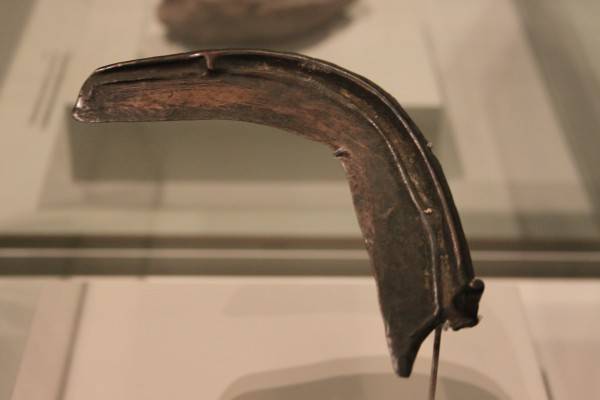
Bronze sickle, 1300-1150 BC culture. (City Museum Budisin, Serbia)
As for social relations, they, as before, were here primitive communal. But now, with the transition to plow farming, the role of the man - the breadwinner of the family, going during the plowing for the bulls, has become noticeably increasing. And this allows us to say that the transition from the ancient matriarchy to patriarchy has already taken place here, and that Luszka and Komarovka cultures were already at the stage of decomposition of the primitive communal system.
Bronze hatchet-chisel of Komarovsky culture.
But studies of the burial mounds located in the west of Central Europe - in Upper Austria, in West Germany and in Holland show that the local tribes were more herders than farmers, as indicated by their burial inventory.
Obviously, this predominantly pastoral culture was abandoned by the tribes that belonged to the immediate predecessors of the tribes belonging to the Germanic branch of the Indo-European language family. Interestingly, archaeological evidence tells us that the level of development of the tribes in Scandinavia in the Bronze Age was higher than the level of the tribes inhabiting the territory of Germany.
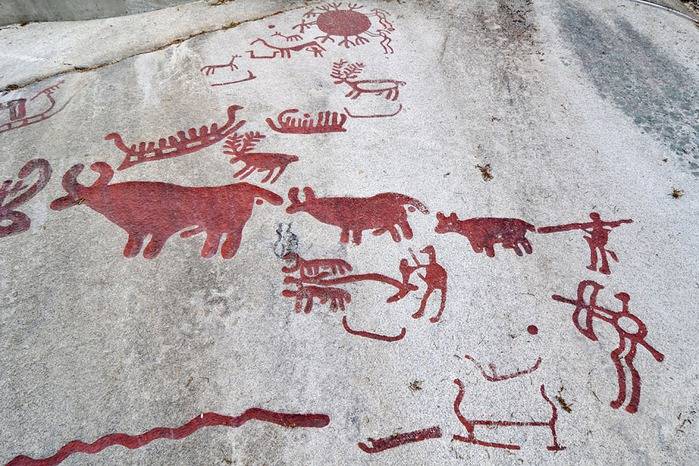
All the activities of the people who lived in Bohuslän in the Bronze Age are here before us. Someone plowing a plow on a team of two bulls, someone is hunting, someone is feeding a bull herd ...
Their bronze burial inventory is much more diverse, and among the rock paintings in southern Sweden (for example, in Bohuslän, where most petroglyphs date from the late Bronze Age 1800 - 500 BC), there are even drawings of multi-rooks, sea battles and warriors with long bronze swords in their hands and with round shields. Among them is a drawing depicting plowing plow.
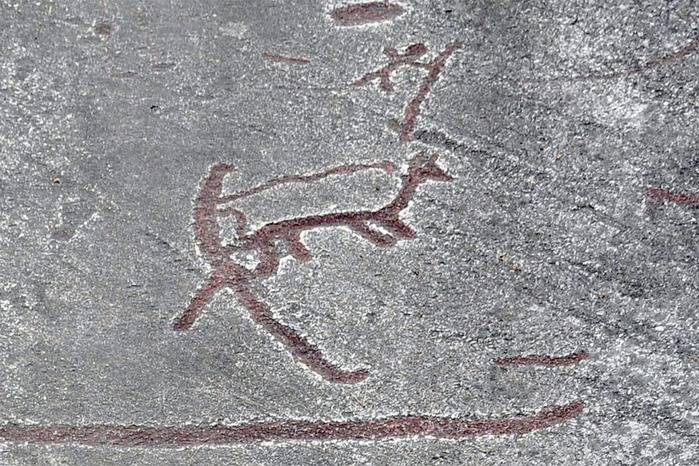
But what we see in this figure, most likely, was of a ritual character!
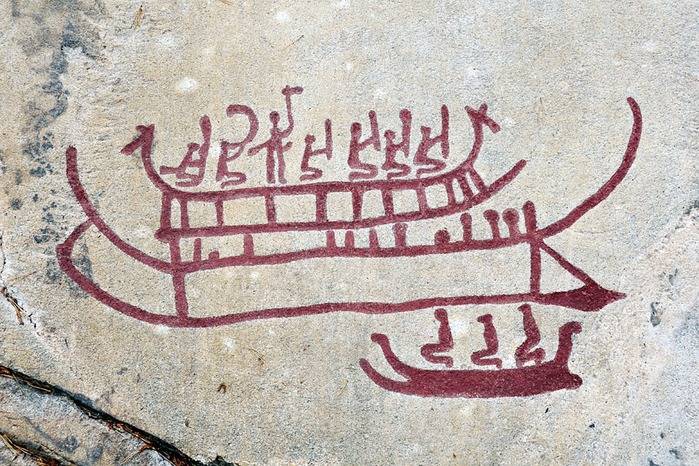
On board the upper ship are seven people, one of whom is trumpeting in a flowery curved bronze lure. Here stands a man with an ax in his hand, which he raised to the sky in greeting, while others raise the oars to the sky. It is possible that these cave paintings are associated with a funeral rite - people of the Bronze Age believed that the way to the kingdom of death represented sailing on a ship.
We go even further to the West and see that in France in the Bronze Age there lived two culturally different groups of tribes - one continental and northern seaside. The latter glorified themselves by continuing to do what they had been doing during the Eneolithic era — they built gigantic cromlechs — round shrines in plan, dedicated to the Sun, long walkways of menhirs (dug into stone pillars), and built dolmens — huge boxes of stone slabs, preserved in Normandy and Brittany to our days, and in Russia - in our Black Sea region of the Caucasus. Similar monuments are characteristic of the south of England. The archeological data show that all this was built by the agricultural tribes who also raised cattle for plowing. They lived in small villages, and they in turn were grouped around fortified settlements, where people from the neighborhood converged in case of danger. In the mounds around these settlements, ordinary community members were buried. Elders, priests and tribal leaders were buried in dolmens, or special tombs, made of stone and dug into the ground. This culture was called megalithic (literally “big stone”), and it is notable for the fact that its characteristics are about the same everywhere.
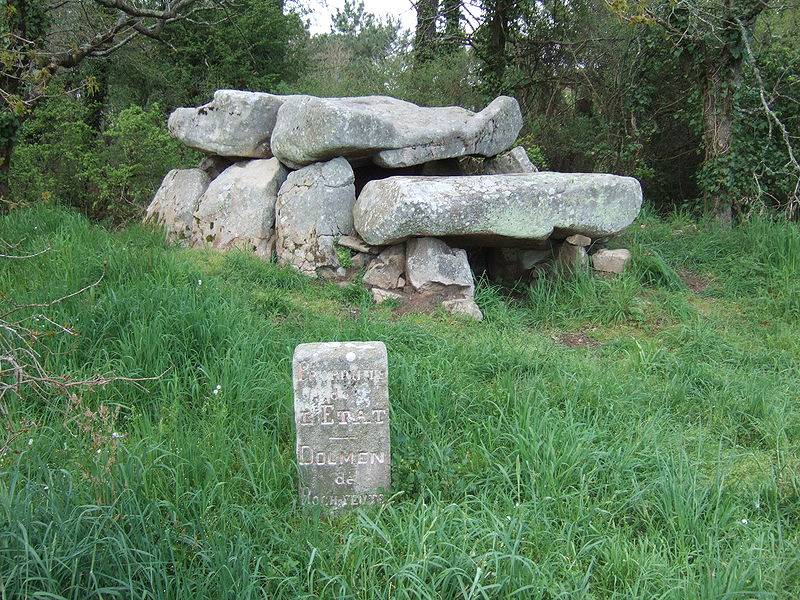
An inscription next to almost every such object indicates that it is owned by the French state.
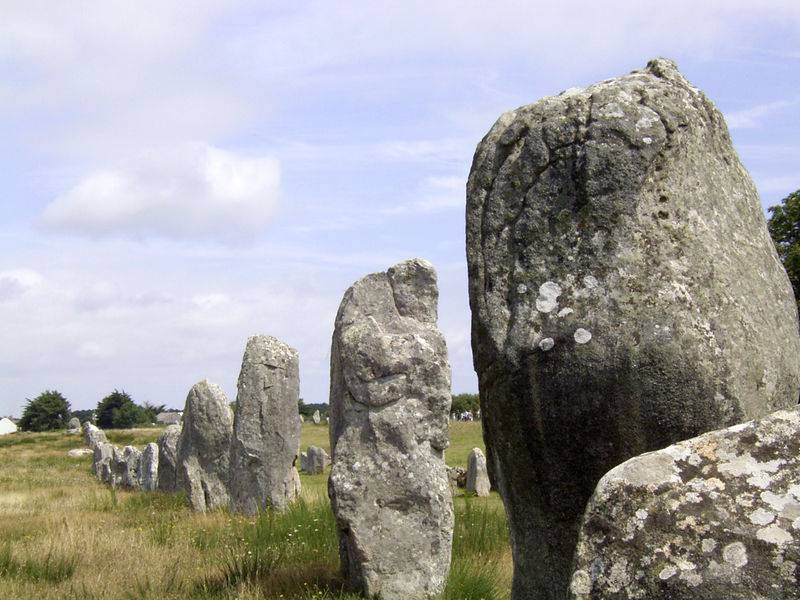
The stone avenue of Le Menec is one of the most famous megalithic monuments in Carnac, France.
The creators of continental cultures left on the territory of France a truly huge number of mounds, which served them for the burial of their departed. In different parts of France, they differ in the design of the burial chambers: often they are real underground dolmens with a gallery leading to them, but there are also burials in the pits, with walls made of massive logs or stones. The tribes that left us these burial mounds have characteristic features in many respects close to the culture of the tribes of the megalithic culture. These tribes can be considered the ancestors of the tribes who spoke the languages of the Celtic branch of the Indo-European family, who began to live here afterwards. It should be noted that the tribes inhabiting France of the Bronze Age were excellent metallurgists, and their products were distinguished by exceptional diversity.
People of that era loved to adorn themselves. Treasure of Blano from the archaeological museum in Dijon, France.
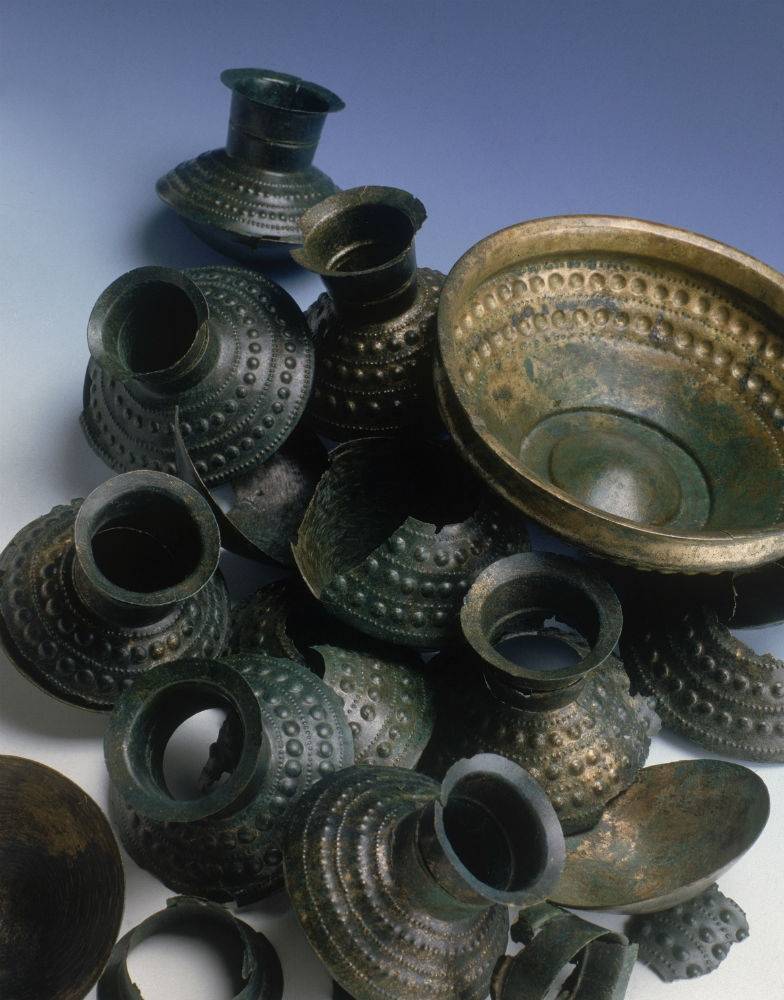
Bronze ware from the archaeological museum in Dijon, France.
The graves show the existence of serious property inequality. In some - a modest burial inventory. Next - lush graves of military leaders, where the inventory is very rich: a few swords, spearheads, helmets and shields, but for ordinary members of the community in the graves of weapons are only axes. A feature of the rich burials of the Bronze Age of France are the finds of beautiful samples of bronze ware. And all of this high culture for its era at the beginning of the first millennium formed the basis of the era of mastering the technique of working iron (the so-called Hallstatt culture).
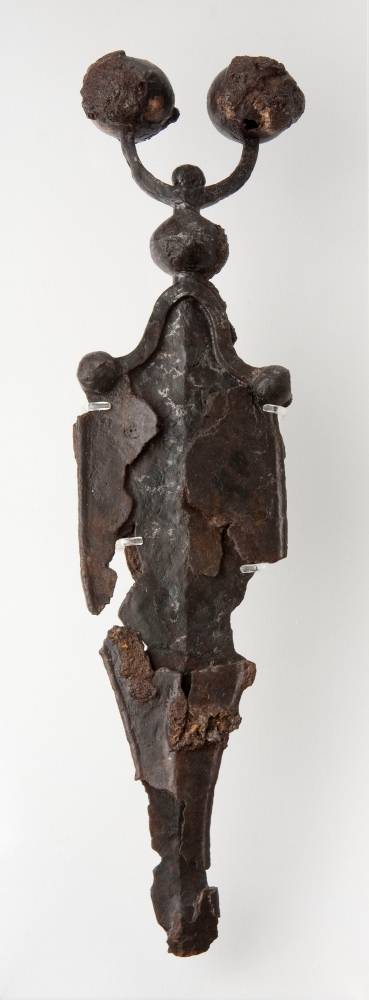
Hallstatt's Antenna Dagger of Culture from the Archaeological Museum in Dijon, France.
In the south of the Iberian Peninsula, a peculiar El-Argarsky culture developed, the monuments of which are found on the entire eastern coast of the peninsula and then in the southern regions of Spain and Portugal. El-Argar was the center of the production of bronze and pseudo-bronze (an alloy containing arsenic instead of tin) in the early and middle bronze age. The main products of the metallurgy of el-Arghar were knives, halberds, swords, spears and arrowheads, as well as large axes, often found not only in the monuments of El Argar, but throughout Iberia. They were also engaged in the extraction of silver, whereas gold, often used during the period of chalcolite, was used by them much less frequently.
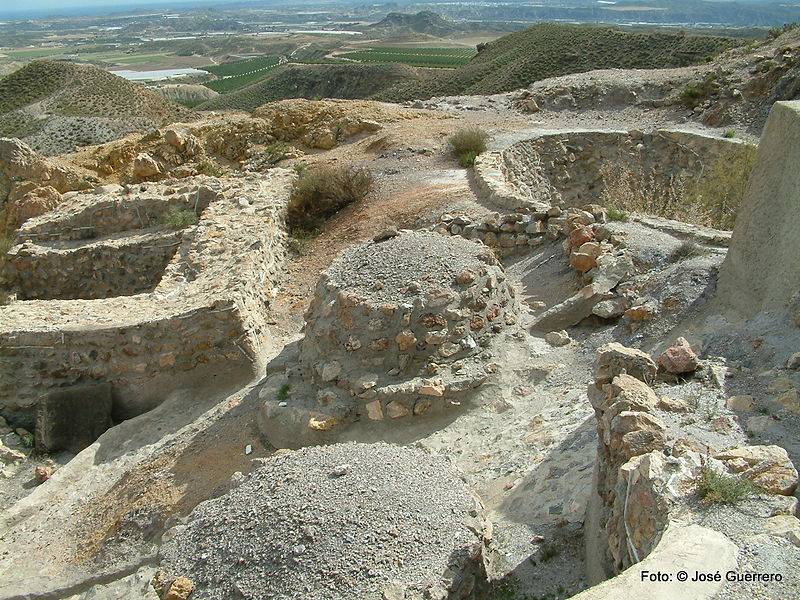
Fuente Alamo is one of the settlements of the Bronze Age in Spain.
Apparently, the main occupation of el-Argharians was mining, that is, copper mining and its subsequent processing by master bronzoliteyschiki. The tribes of the culture of El-Argar had close ties with other neighboring tribes that lived on the Iberian Peninsula, but, moreover, even with those that lived on the distant British Isles.
Bryn-Kelly-Dee. Corridor Tomb, Britain.
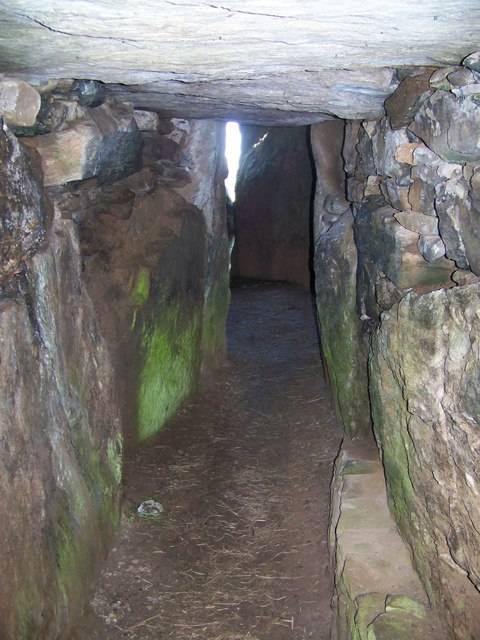
Bryn-Kelly-Dee. So it looks from the inside.
Trade with the "British" was particularly important, because from there was tin, necessary for the smelting of bronze. Evidence of a high level of development of metallurgy are found in the homes of el-Argars settlements bronze casting workshops. Products of el-argartsev in large quantities are found in southern and especially in south-western France and up to northern Italy. Moreover, not only bronze articles were found there, but also black glossy ceramic vessels, which, such as, for example, in the Eneolithic era bell-shaped cups, were brought here along with bronze weapons. They were also familiar with the Cretan-Mycenaean culture, that is, the sea connected, and did not divide, these two cultures.
That is, there was a development of inter-tribal trade. Entire caravans loaded with bronze and even ceramics (!) Moved from one settlement to another, mutually beneficial trade deals were made, while people who most likely spoke different languages or dialects of the same language, successfully communicated and control, without which trade is unthinkable, and actively borrowed technological methods and cultural achievements from each other. Indeed, it was the first global civilization of nations that had not yet reached the level of statehood (in the West and the North), whereas in the south the ancient states already existed.
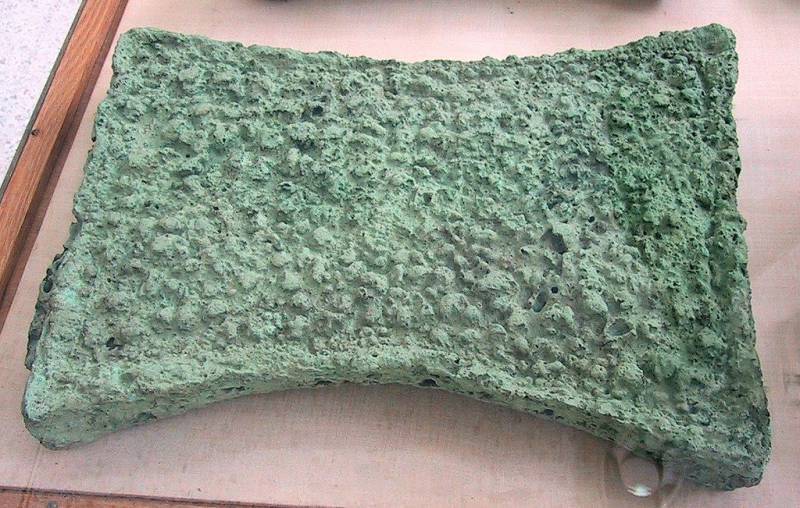
Over time, such copper skins began to be valued literally "worth its weight in gold" ...
But the fate of the same el-Agar is sad. They cut down forests for coal, and this is around 1550 BC. led to environmental disaster and economic collapse. Their culture has disappeared. By its nature, this collapse resembles the “dark ages” of ancient Greece, when the population seemed to remain the same, but for several centuries its culture was thrown back ...
To be continued ...
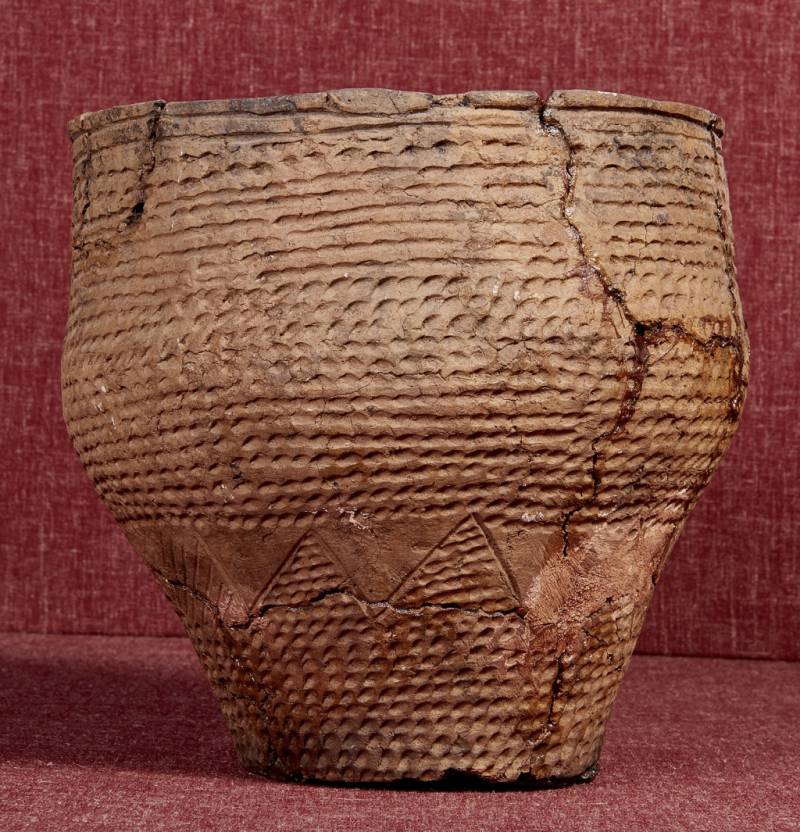

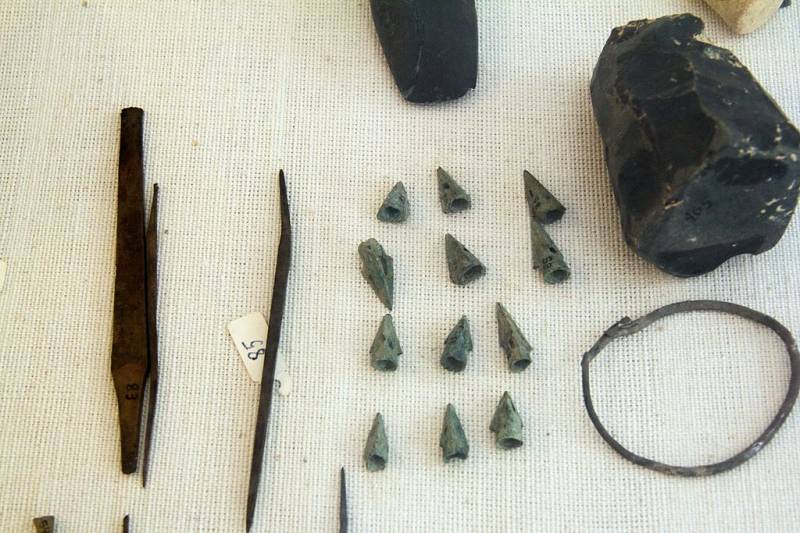
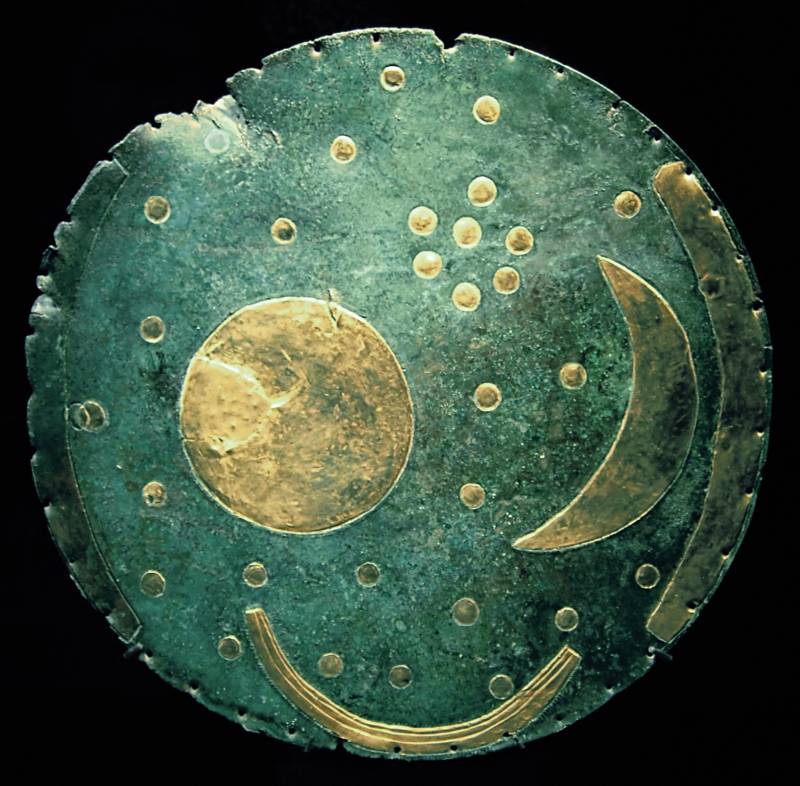
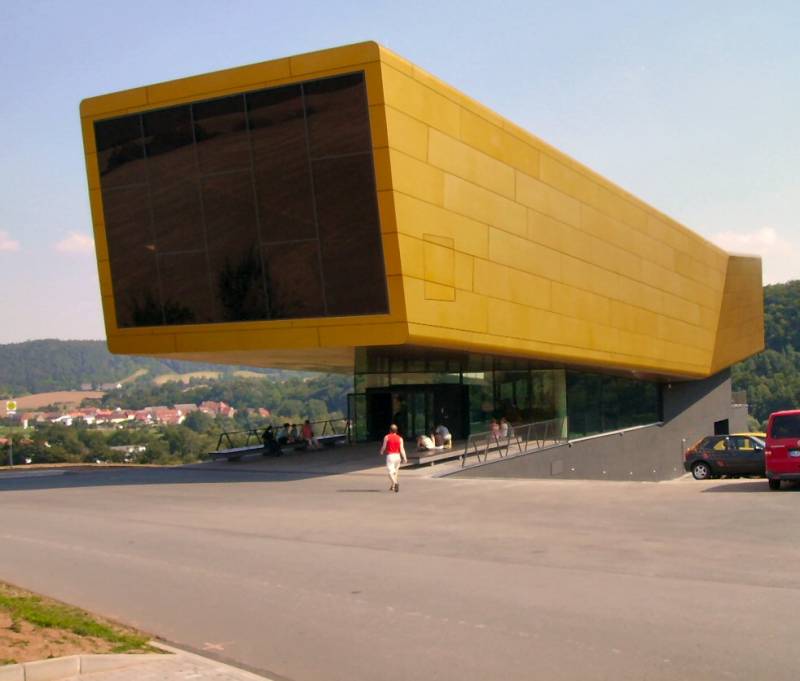
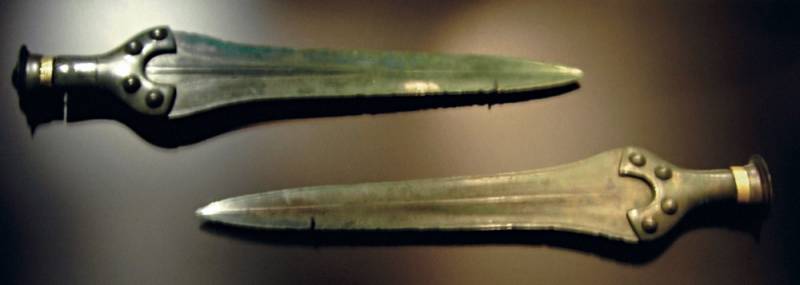
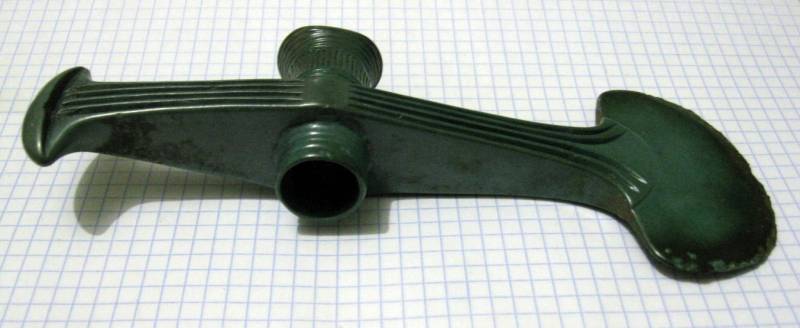
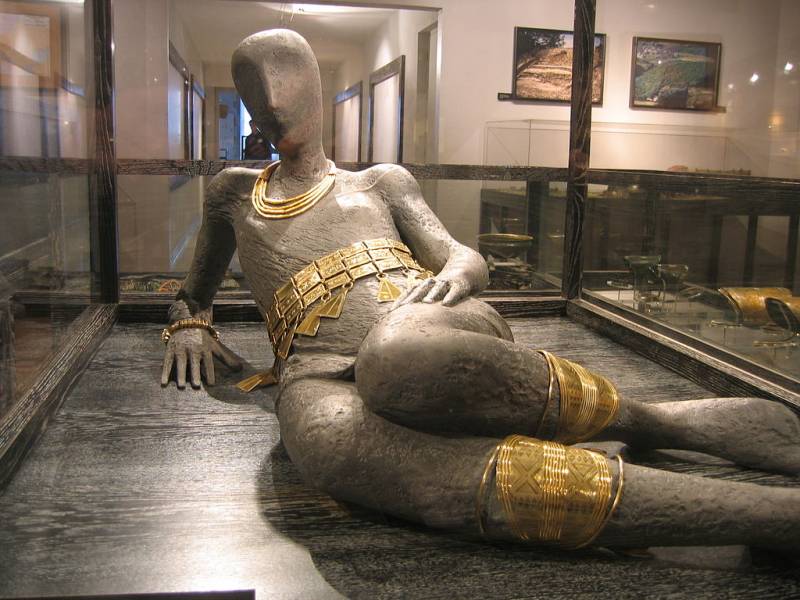

Information